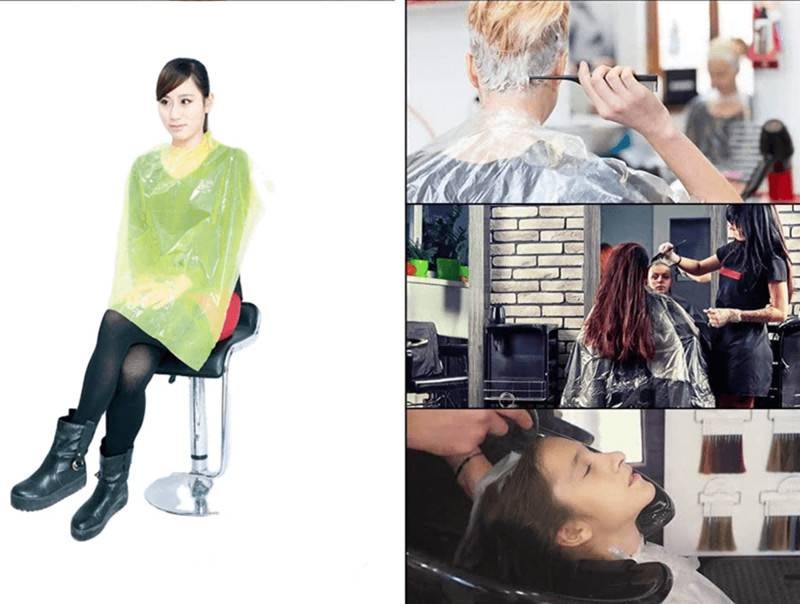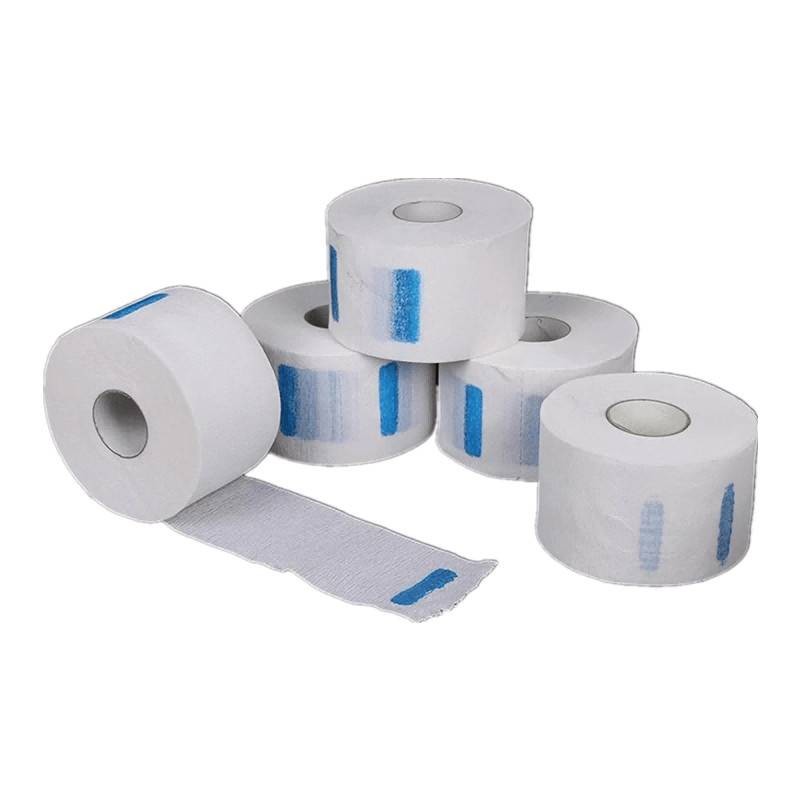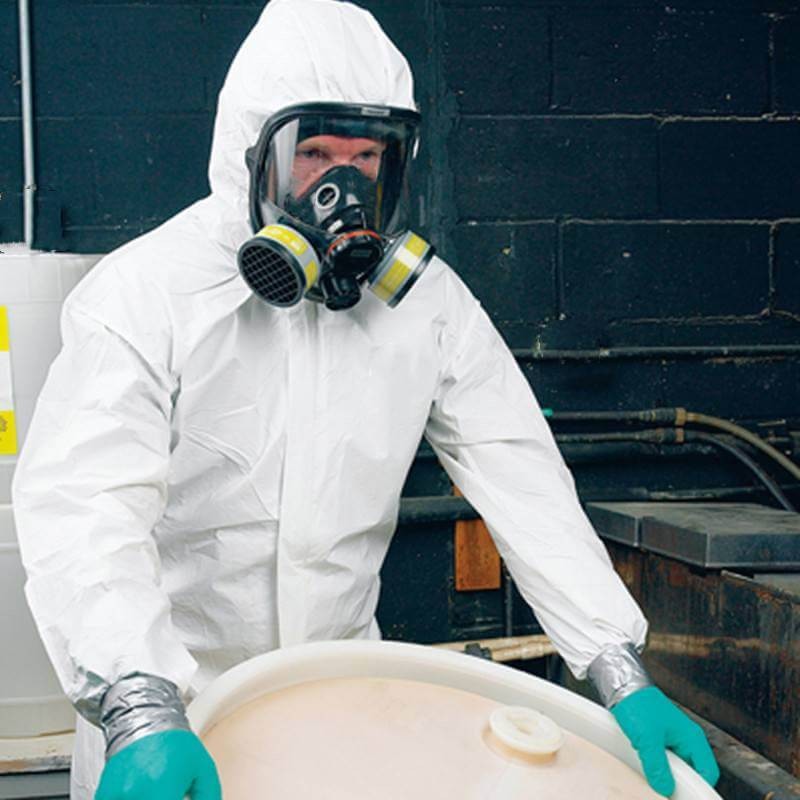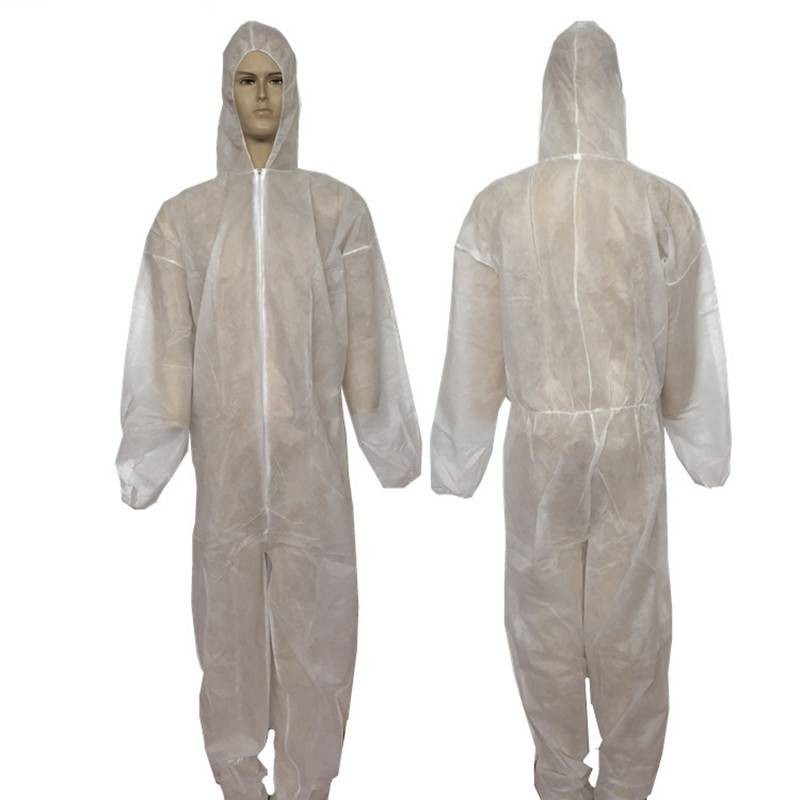The production process of lightweight polypropylene protective clothing mainly includes the following steps:
1. Raw Material Preparation
The main raw material for producing lightweight polypropylene protective clothing is polypropylene (PP). Polypropylene is made by polymerization of propylene as a monomer. It is a commonly used plastic and is also widely used in the production of nonwoven fabrics.
2. Non-Woven Fabric Production:Melt-Blowing: Polypropylene granules are melted and extruded through fine nozzles to form tiny fibers. These fibers are then cooled and collected to form a melt-blown non-woven fabric, which provides an excellent barrier against liquids and particles due to its filtering properties.
Spunbonding:
This is another method of producing non-woven fabric, where the polypropylene is extruded, spun into fibers, and laid into a web which is then bonded to add strength and durability.
3. Design and cutting of protective clothing:
According to the design drawings of protective clothing, the non-woven fabric is mechanically cut into the required shape and size of components, such as the body, sleeves, hood, etc.
4. **Sewing or Heat Sealing**:
The cut pieces are assembled into a complete suit using either traditional sewing techniques or heat sealing. Heat sealing can provide a higher degree of sealing at the seams and edges, preventing the penetration of liquids and particulates.
5. Inspection, Folding and Packaging:
After the production of protective clothing is completed, a detailed inspection is required to ensure product quality. Qualified products will be folded, packed, and product information marked on the packaging, and then shipped to warehouses for storage or directly to distributors.
6. Quality Control:
Quality control checks are integral throughout the manufacturing process to ensure the protective suits meet applicable health and safety standards.
7. Transportation and Distribution:
Finally, the packaged polypropylene gowns are shipped to hospitals, clinical facilities, and other locations where they may be needed.
Lightweight polypropylene protective coverall suits are primarily used to provide a barrier to protect the wearer from liquids and particulates and are typically single-use. This level of personal protective equipment (PPE) for medical and hygiene applications




